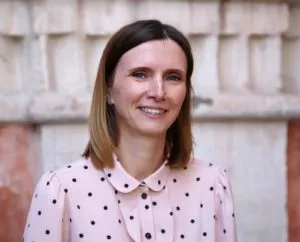Fleeting Beauty: New Technologies Preserve Russia’s Architectural Gems
Two rare examples of 19th-century church architecture in Russia are getting a new lease on life through laser scanning technology. High-precision 3D models and architectural blueprints will not only help restore the structures in the future but also allow visitors to explore them virtually today.
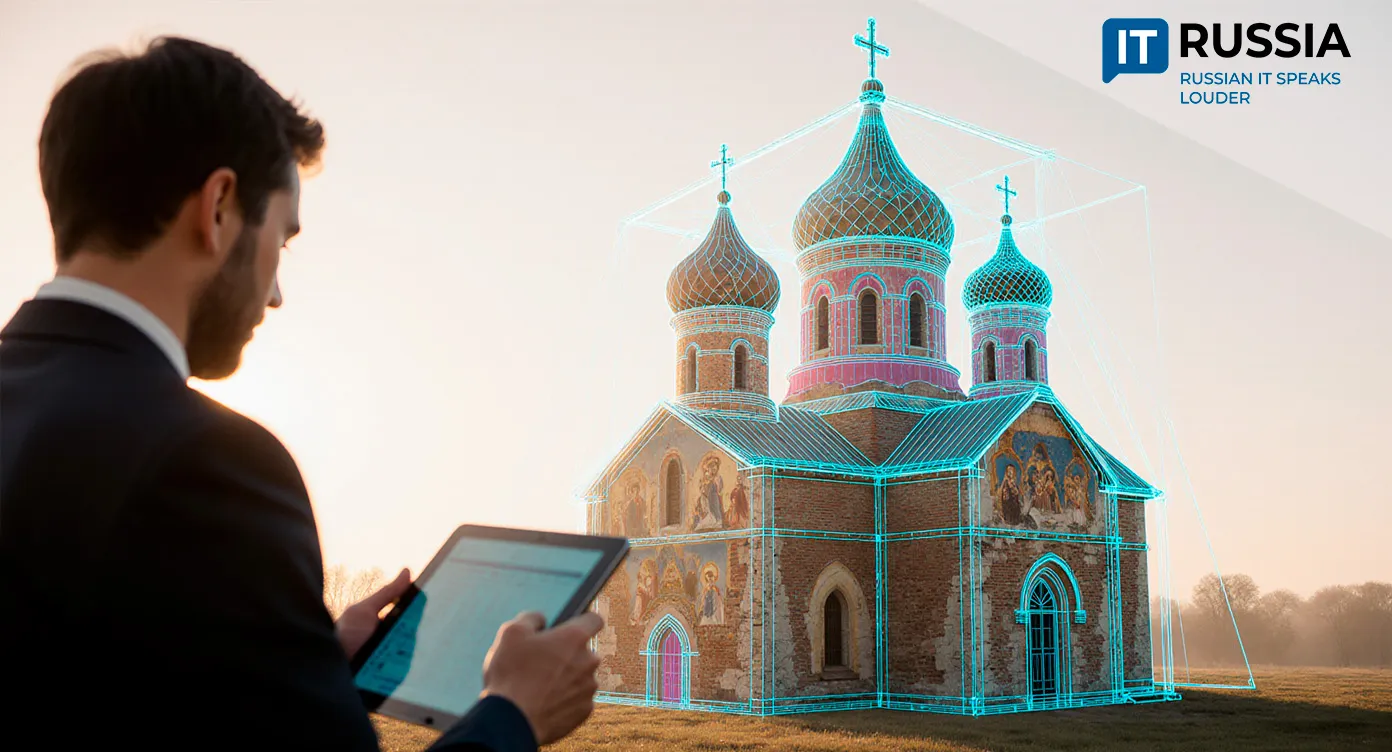
Digital Resurrection of Forgotten Landmarks
Russia is home to countless architectural masterpieces from the 19th century. Yet thousands of these historic churches, scattered across small towns and rural regions, have been left abandoned and deteriorating for decades. Without intervention, many could disappear forever. The White Iris Foundation, a nonprofit organization dedicated to preserving cultural heritage, is fighting that fate.
Recently, the foundation completed 3D laser scans of two culturally significant rural churches — the Church of the Nativity of the Blessed Virgin Mary in Ostro-Plastikovo (Ryazan region) and the St. Nicholas Church in Ostrova (Kurgan region). Both mid-19th-century landmarks are in critical condition. Using millimeter-accurate laser measurements, the team has produced detailed architectural plans that will serve as the foundation for future restoration efforts.
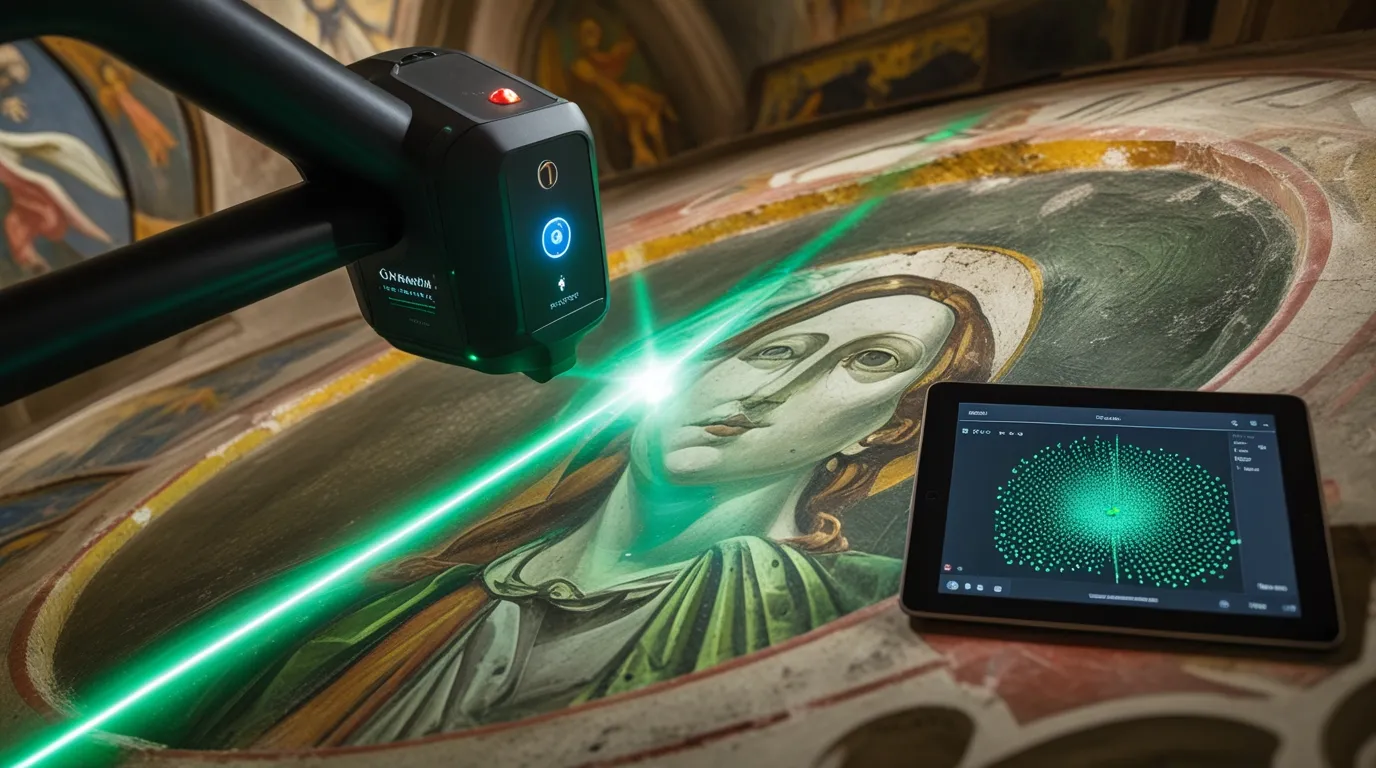
In addition to restoration, the digital scans enable fully immersive virtual tours. Visitors can explore the intricate details of the buildings, assess their current condition, and appreciate their craftsmanship — all without setting foot inside.
Heritage Guardians in the Digital Age
Digital technologies now make it possible to preserve even the most fragile architectural elements with extraordinary accuracy. Since its founding, the White Iris Foundation has helped save 11 historical landmarks across the Yaroslavl, Tula, Tver, and Ivanovo regions, and has supported restoration work on more than 50 rural churches. Its program, "Anyone Can Become a Heritage Guardian", backed by the Presidential Grants Fund, empowers local communities to take part in cultural preservation.
Restoring a damaged monument is far more complex than building anew. Legal, bureaucratic, and financial hurdles make it a long and meticulous process. That’s why creating digital copies is vital — a 3D model is, in effect, a saved version of the monument, one that can guide its eventual physical reconstruction.
The foundation also trains local volunteers in project management, fundraising, media outreach, and coordination with local authorities and dioceses, ensuring that heritage preservation becomes a sustainable, community-driven effort.
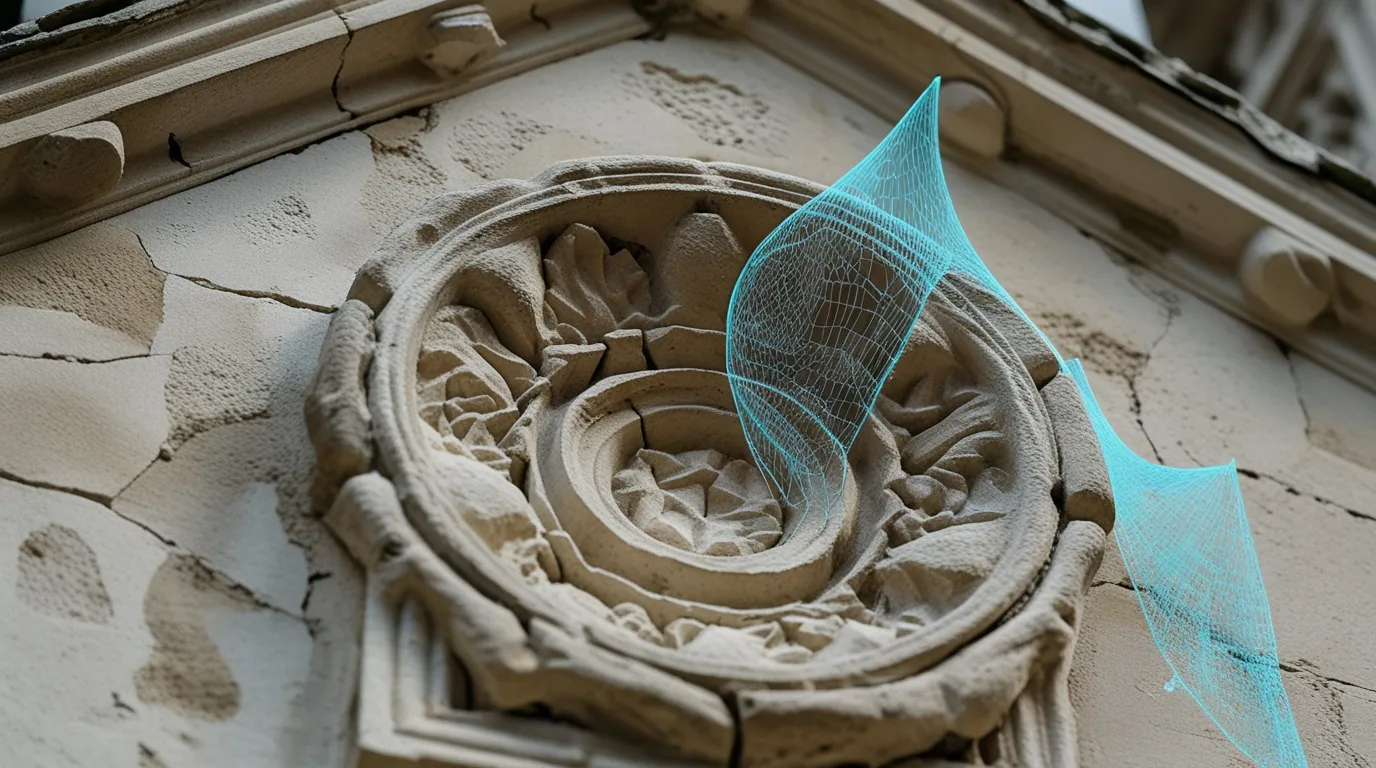
The Rise of Russia’s Digital Restoration School
The White Iris project reflects a broader national trend — the integration of high-tech solutions like 3D scanning, virtual reality (VR), and augmented reality (AR) into heritage conservation. This movement signals the growing technological maturity of Russia’s restoration field and its capacity to merge cultural values with innovation.
Russia’s approach is also gaining international recognition. Specialists from the Russian Academy of Sciences’ Institute of the History of Material Culture have already contributed to restoring global landmarks, such as the famous Triumphal Arch in Palmyra. The team developed a unique method for examining the internal structure of ancient buildings without physically disturbing them — a breakthrough in noninvasive heritage preservation.
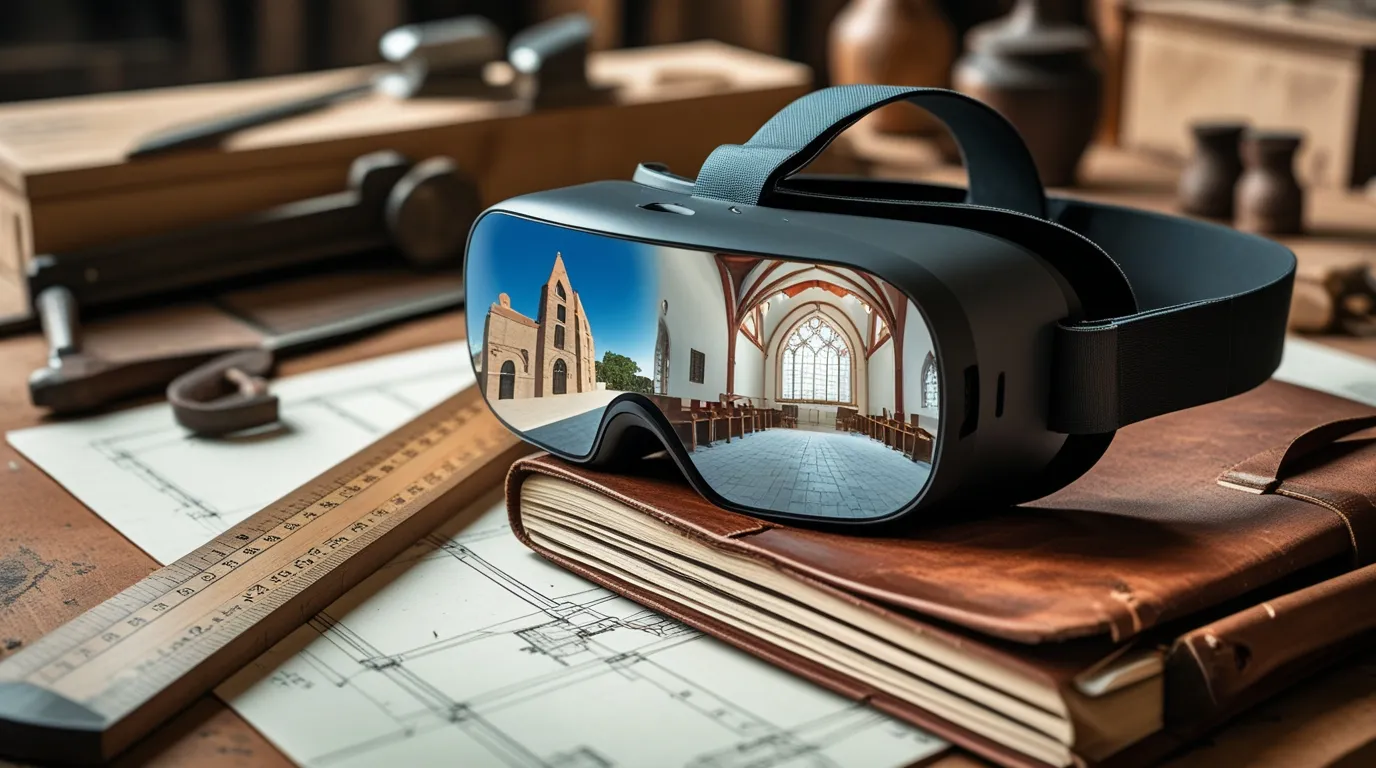
The country is gradually forming what experts call a "Russian school of digital restoration". The methodology of 3D scanning and digital documentation is becoming part of Russia’s technological export portfolio. While not yet a commercial product, it represents a vital humanitarian mission — one that preserves cultural memory while advancing technical expertise.
In the near future, large-scale digitization of heritage sites could make digital preservation a mandatory first step before any physical restoration. Russia’s growing expertise in this field may soon find application in international conservation projects, reinforcing its position as a key contributor to global cultural preservation.


